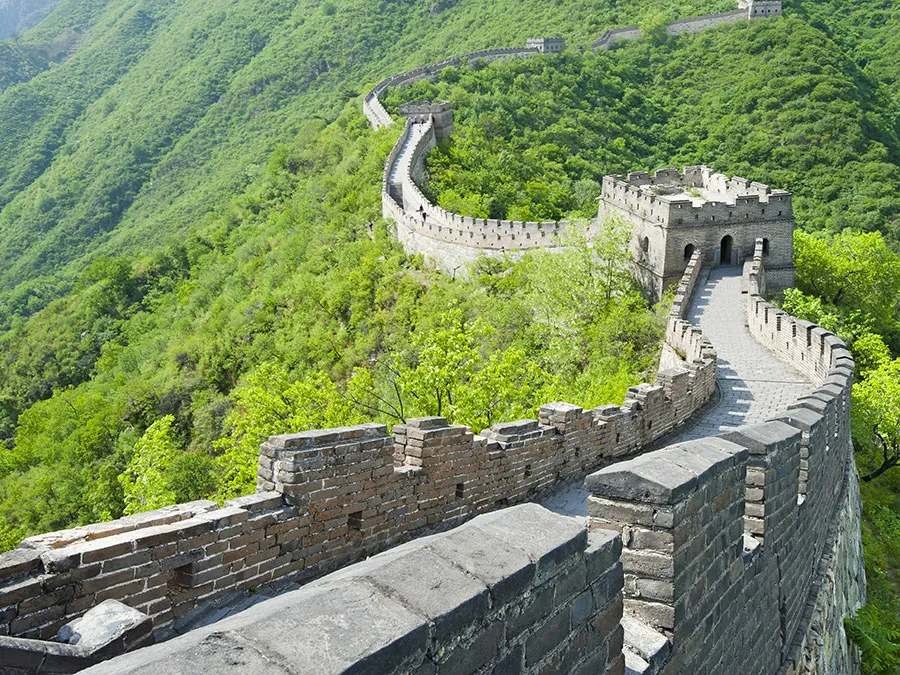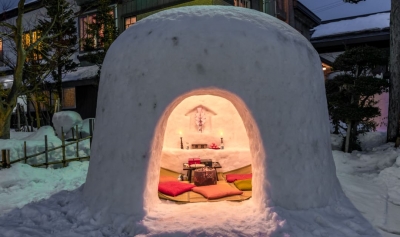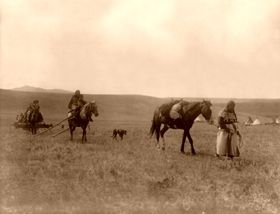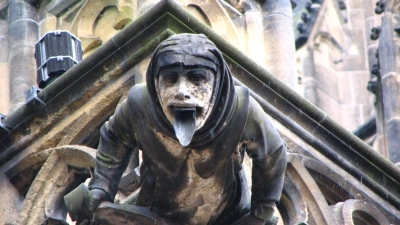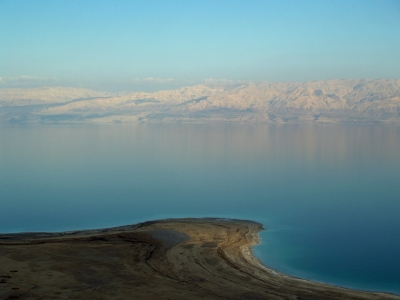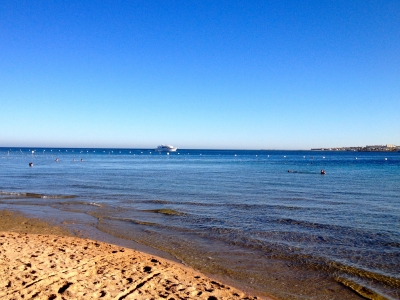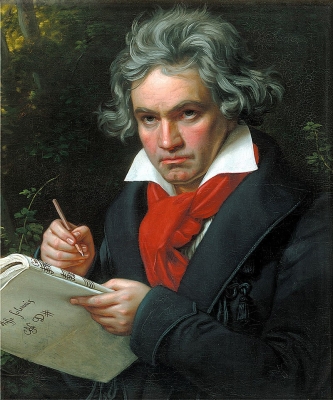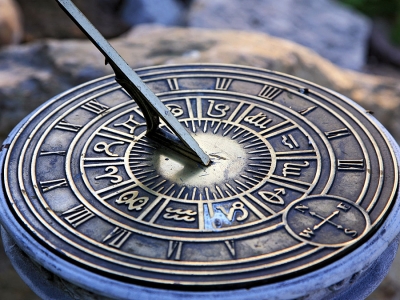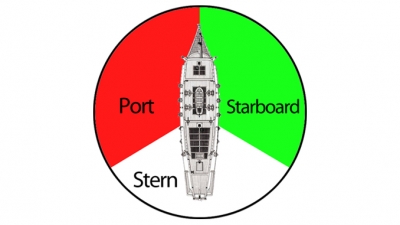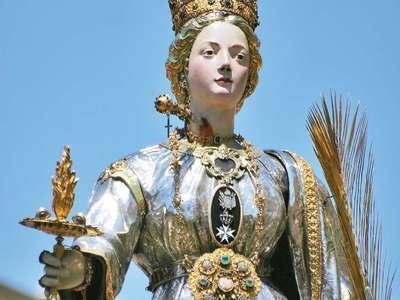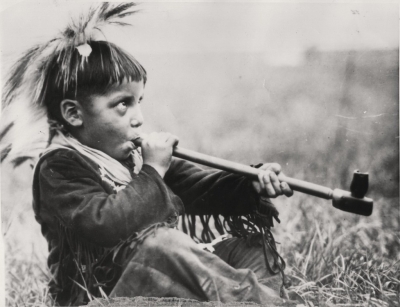Kenya: Where history, nature, and culture meet
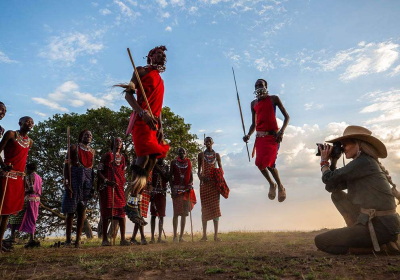
Often known as the cradle of humanity, Kenya has fossilised remains of hominids, is home to over 40 ethnic groups, and has the highest concentration of wild animals in the world.
Ranu Joardar
Kenya, one of the countries in East Africa, has often been described as "the cradle of humanity”. It is an important business, financial, and transportation hub as about 80% of East Africa's trade flows through its Mombasa Port.
History
Kenya's history dates back to millions of years as some of the earliest fassilised remains of hominids have been discovered here. For instance, findings by anthropologist Richard Leakey in the Koobi Fora area along the shore of Lake Rudolf have included portions of ‘Australopithecus boisei’ and ‘Homo habilis’ (extinct species of human) skeletons.
An important part of Kenyan history is slavery. During the 1600s and 1700s, most Kenyans were taken as slaves by the Arabs, Europeans, and Americans.
For several centuries, people from across regions have also settled in or travelled to Kenya. The Maasai tribe came to what is now known as central Kenya from north of Lake Rudolf (now called Lake Turkana in the Kenyan Rift Valley) in around mid 18th Century.
Geography
Kenya is surrounded by South Sudan, Ethiopia, Somalia, Indian Ocean, Tanzania, Lake Victoria, and Uganda.
The 38th meridian, the longitude that extends from the North Pole to the South Pole, divides Kenya into two halves. Kenya's terrain rises from the low coastal plain on the Indian Ocean towards the mountains and plateaus.
The country's capital, Nairobi, is at an altitude of 5,500 feet. From the west of Nairobi, the terrain descends to the Great Rift Valley, which has jade-green waters of famous Lake Turkana.
Kenya was the first African country to tap geothermal energy (heat energy from the Earth). The Hell's Gate National Park's geysers and hot springs are used to harvest geothermal energy and fuel almost half of Kenya's electricity.
Flora and fauna
Kenya's highlands consist of patches of evergreen forest separated by wide expanses of short grass. The forests have economically valuable trees such as cedar and varieties of podo.
Kenya's ecosystem includes deserts, swamps, and even glaciers on Mount Kenya, Africa's second highest peak. Each region has different plants and animals suited to the area's particular conditions. The semi-desert regions below 3,000 feet have baobab trees.
The Masai Mara, situated in south-west Kenya, is one of Africa's greatest wildlife reserves. It is named after the Maasai tribe, the ancestral inhabitants of the area. It has the highest concentration of wild animals in the world and over 40% of Africa's larger mammals can be found here. During the migration, over 1.5 million wildebeest migrate from southern Serengeti (in Tanzania) to the Masai Mara. They travel 800 km clockwise in a circle through the Serengeti and Masai Mara ecosystems to search for greener mineral-rich pastures and water. The annual migration at the end of the rainy season (usually in May or June) is recognised as one of the "Seven Wonders of the Natural World".
The country's wildlife population is mostly found outside the country's numerous national parks and game reserves. For instance, baboons and zebras are found along the Nairobi-Nakuru highway, near human settlements and urban centres.
The rainforests in highlands have various large mammals such as elephants and rhinoceroses. Besides, bushbuck, colobus monkeys, and galagos are also found in the region. The highlands have predators such as lions, leopards, and wildcats.
People
The land is home over 40 ethnic groups such as Kikuyu, Luhya, Kalenjin, Maasai, Luo, and Kamba. The country is divided into three language groups- Bantu, Nilo-Saharan, and Afro-Asiatic.
In the 19th Century, several Indians and Pakistanis came to the region, thus influencing the country's language - Swahili. Swahili evolved along the coast from elements of local Bantu languages-Arabic, Persian, Portuguese, Hindi, and English. It is the lingua franca, a language used as a means of communication, between populations speaking vernaculars that are not mutually intelligible. It is also the language of local trade and is used along with English as an official language in the Kenyan legislative body, the National Assembly, and the courts.
Most Kenyans live in the highlands. Most of the population is rural and live in scattered settlements. Before European colonisation, the urban areas constituted only the fishing regions, Arab trading ports, and towns that were visited by dhows (sailing boats) from the Arabian Peninsula and Asia. People began migrating from the rural to the urban areas after the country's independence in 1963.
Music and storytelling are important parts of the Kenyan culture. For centuries, the tribes used songs, stories, and poems to pass on their beliefs, history, and customs. Though school is free of cost, most children have to help their families by working the land, tending cattle, cooking, or fetching water.
Government
The country was a colony of the United Kingdom from 1920 till its independence on December 12, 1963 (known as the Jamhuri Day). The first President Jomo Kenyatta was an icon of the liberation struggle, who led Kenya from 1963 until his death in 1978, when Vice-President Daniel arap Moi took power in a constitutional succession.
According to the first constitution after independence, the Prime Minister was appointed as the head of a cabinet chosen by a bicameral National Assembly. Over the years, several constitutional reforms were made, and in 2010 a new constitution was promulgated. The country is now a republic, with a President, a national assembly, called the Bunge, and a legal system.
Picture Credit : Google
